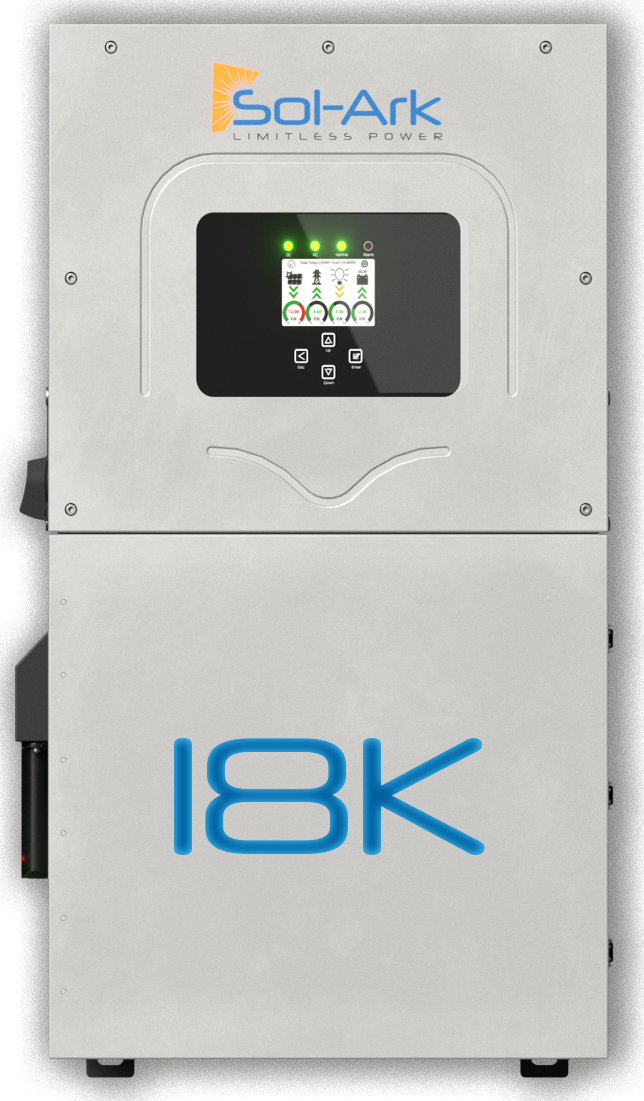 In today’s distributed energy marketplace, resilience has evolved from a buzzword into a tangible value proposition. Homeowners and businesses alike want confidence that their power will stay on, even when the grid goes down. Solar installers are uniquely positioned to meet that need. By reframing resilience as a service rather than a feature, installers can build a recurring-revenue model that strengthens customer trust, boosts retention, and enhances profitability.
In today’s distributed energy marketplace, resilience has evolved from a buzzword into a tangible value proposition. Homeowners and businesses alike want confidence that their power will stay on, even when the grid goes down. Solar installers are uniquely positioned to meet that need. By reframing resilience as a service rather than a feature, installers can build a recurring-revenue model that strengthens customer trust, boosts retention, and enhances profitability.
The Evolving Definition of Energy Resilience
Resilience traditionally referred to an energy system’s ability to withstand and recover from disruptions. In the solar industry, it now means maintaining critical power during grid outages through reliable hybrid inverters, intelligent battery systems, and advanced energy management. The U.S. Department of Energy (DOE) defines energy resilience as the capacity of the grid, buildings, and communities to endure and recover rapidly from disruptions while maintaining critical energy services (U.S. Department of Energy, n.d.). Similarly, the National Renewable Energy Laboratory (NREL) describes resilience as the ability of the power system to “withstand, respond to, and recover rapidly from major disruptions” (National Renewable Energy Laboratory [NREL], 2025).
With smart home integration, real-time monitoring, and AI-driven diagnostics becoming standard, resilience has shifted from a one-time installation to an ongoing managed experience. Customers now expect proactive support, regular performance insights, and continuous optimization, not just hardware that works on the first day.
A New Approach for Resilience as a Service (RaaS)
Selling Resilience as a Service (RaaS) reframes the conversation from hardware to holistic energy assurance. Instead of simply installing equipment, solar professionals can offer tiered service packages that include:
- 24/7 Monitoring and Support: Proactive alerts through platforms like the MySol-Ark app keep customers informed about their system’s performance and status.
- Annual Optimization Visits: Scheduled checkups verify firmware updates, inspect components, and recalibrate backup priorities.
- Performance Reporting: Monthly reports summarize uptime, battery health, and grid independence, helping customers visualize the value of resilience.
This subscription-style model mirrors the success of other industries like HVAC maintenance plans or home security monitoring while adding measurable energy savings and enhanced self-reliance.
Evolving Integrated Energy Frameworks
Many grid-tied PV systems today shut down during outages, offering little protection without hybrid functionality or storage integration (Belding et al., 2020). NREL research emphasizes that distributed energy resources (DERs), advanced controls, and dynamic grid management all play crucial roles in building energy resilience (NREL, 2025).
Furthermore, emerging frameworks such as transactive resilience, where microgrids or DER aggregators exchange resilience services through contracts, demonstrate how RaaS can evolve into an integrated energy marketplace (Chen et al., 2021).
Positioning Resilience as a Lifestyle Investment
Customers rarely buy kilowatts; they buy peace of mind. Effective installers understand the emotional drivers behind energy decisions, such as safety, independence, and sustainability. By positioning resilience as an investment in family security or business continuity, installers can create strong emotional and financial value.
Case studies show that homeowners are willing to pay more for systems that ensure operational continuity, particularly in regions vulnerable to extreme weather or grid instability (NREL, 2025). Marketing teams should emphasize real-world stories: families who maintained comfort during outages or businesses that stayed open when competitors couldn’t. These stories resonate more deeply than technical diagrams and help translate complex technology into human benefit.
 Leveraging Sol-Ark’s Hybrid Inverter Ecosystem
Leveraging Sol-Ark’s Hybrid Inverter Ecosystem
Sol-Ark’s residential hybrid inverter ecosystem enables solar installers to deliver RaaS efficiently and confidently. With integrated battery management, flexible load control, and grid-support capabilities, Sol-Ark residential energy storage systems simplify installation and long-term performance management for both installers and customers.
When paired with cloud-based analytics, Sol-Ark technology allows for proactive system health checks, predictive maintenance, and timely upgrade recommendations – all key features of a modern resilience subscription model.
Steps to Creating Recurring RaaS Value
To scale Resilience as a Service programs effectively, solar installers can use a phased strategy:
- Start Small: Bundle system monitoring and maintenance in the first year of service.
- Add Value Over Time: Introduce loyalty incentives for renewals, upgrades, or referrals.
- Automate Communication: Use CRM (customer resource management) integrations to send performance updates, renewal reminders, and personalized insights.
The goal is to transform one-time installations into lifelong relationships: where the installer becomes a trusted energy partner rather than a one-and-done contractor. As energy independence becomes a mainstream goal, resilience represents the next frontier of solar energy systems’ value. Installers who shift from selling equipment to selling assurance will capture lasting customer loyalty and recurring revenue. Sol-Ark’s technology provides the foundation for this transformation, helping installers not only power homes but also empower peace of mind.
References
American Psychological Association. (2020). Publication manual of the American Psychological Association (7th ed.).
Belding, S., Walker, A., & Watson, A. (2020). Will solar panels help when the power goes out? Planning for PV resilience (NREL/TP-7A40-75704). National Renewable Energy Laboratory. https://www.nrel.gov/docs/fy20osti/75704.pdf
Chen, J., Huang, Y., & Zhu, Q. (2021). Transactive resilience in renewable microgrids: A contract-theoretic approach. arXiv. https://arxiv.org/abs/2103.17089
National Renewable Energy Laboratory (NREL). (2025). Advancing electric system resilience with distributed energy resources (FY24 report). https://www.nrel.gov/docs/fy24osti/90137.pdf
U.S. Department of Energy, Office of Energy Efficiency and Renewable Energy. (n.d.). Energy reliability and resilience. https://www.energy.gov/eere/energy-reliability-and-resilience

 Leveraging Sol-Ark’s Hybrid Inverter Ecosystem
Leveraging Sol-Ark’s Hybrid Inverter Ecosystem